
Do you have a question about the Philips dynalite and is the answer not in the manual?
| Category | Control Systems |
|---|---|
| Product Name | Dynalite |
| Network Protocol | Ethernet |
| User Interface | Touchscreens, keypads, web interface, mobile apps |
| Manufacturer | Philips |
| Control Method | Centralized |
| Compatibility | DALI |
| Power Supply | 24V DC |
| Operating Temperature | 0°C |
| Humidity Range | 10% to 90% non-condensing |
| Dimensions | Varies depending on device type (e.g., controllers, power supplies, user interfaces) |
| Weight | Varies depending on device type |
Explains 1-10V cabling using mains rated polarized cabling, typically a "figure-8" cable.
Describes DALI broadcast topology requiring individual wiring for each lighting group.
Explains DALI addressable bus wiring to enumerated drivers, supporting up to 64 addresses.
Covers DALI wiring for enumerated drivers and multi-master devices like sensors.
Details DALI controller specifics, including DALI bus cabling, driver limits, and power supply.
Guides on positioning sensors for optimal motion detection, considering environmental factors.
Details sensor placement for closed and open loop light regulation methods.
Covers installation of DALI dry contact input devices DLL18180 and DPMI940-DALI.
Details installation of the DDMIDC8 analog input device, including jumper settings.
Outlines procedures for testing the system after power-up, including button and service switch functions.
Explains the functions of controller service switches, including reset and test modes.
Describes the signaling modes of the controller service LED (normal, network activity, communication, fault).
Lists steps for troubleshooting DyNet bus issues, starting with symptom analysis.
Details electrical properties like supply voltages, data voltages, and current limits for DyNet.
Provides a procedure to isolate faults in unresponsive devices by breaking the network into halves.
Explains advanced DALI troubleshooting using oscilloscopes, covering signal edges and voltage levels.
Provides a table of probable causes and solutions for load controller issues.
Lists symptoms, probable causes, and solutions for touchscreen malfunctions.

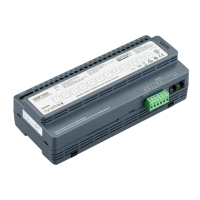

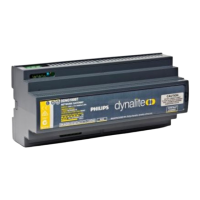
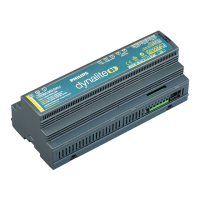

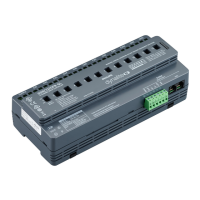
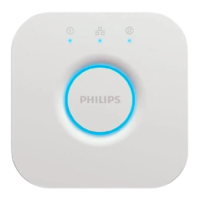
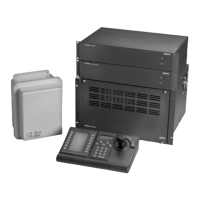


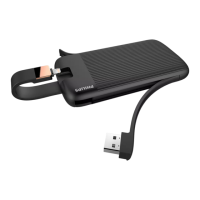
